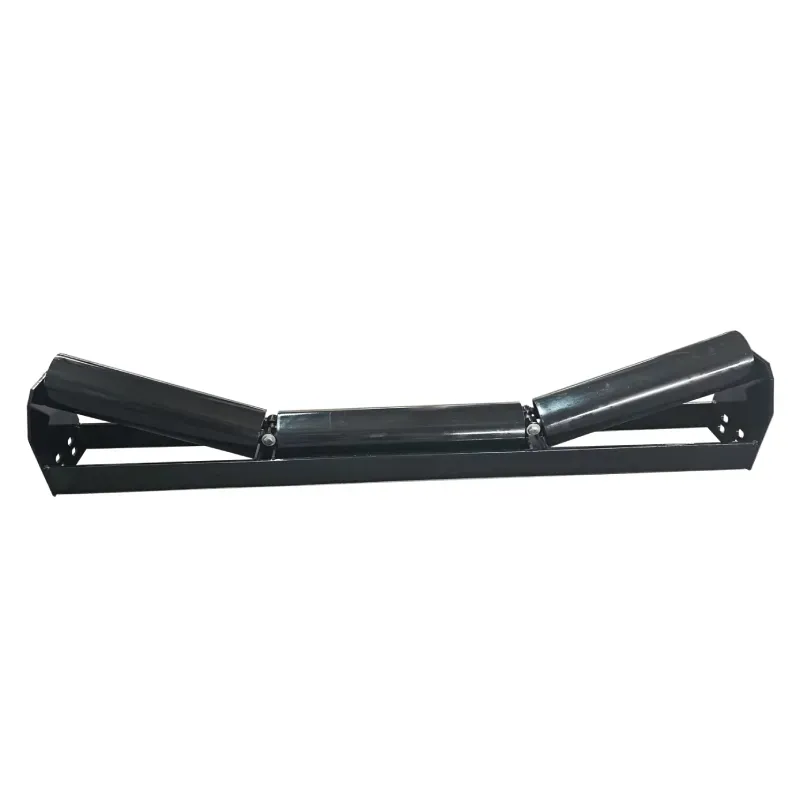 Afrikaans
Afrikaans  Albanian
Albanian  Amharic
Amharic  Arabic
Arabic  Armenian
Armenian  Azerbaijani
Azerbaijani  Basque
Basque  Belarusian
Belarusian  Bengali
Bengali  Bosnian
Bosnian  Bulgarian
Bulgarian  Catalan
Catalan  Cebuano
Cebuano  Corsican
Corsican  Croatian
Croatian  Czech
Czech  Danish
Danish  Dutch
Dutch  English
English  Esperanto
Esperanto  Estonian
Estonian  Finnish
Finnish  French
French  Frisian
Frisian  Galician
Galician  Georgian
Georgian  German
German  Greek
Greek  Gujarati
Gujarati  Haitian Creole
Haitian Creole  hausa
hausa  hawaiian
hawaiian  Hebrew
Hebrew  Hindi
Hindi  Miao
Miao  Hungarian
Hungarian  Icelandic
Icelandic  igbo
igbo  Indonesian
Indonesian  irish
irish  Italian
Italian  Japanese
Japanese  Javanese
Javanese  Kannada
Kannada  kazakh
kazakh  Khmer
Khmer  Rwandese
Rwandese  Korean
Korean  Kurdish
Kurdish  Kyrgyz
Kyrgyz  Lao
Lao  Latin
Latin  Latvian
Latvian  Lithuanian
Lithuanian  Luxembourgish
Luxembourgish  Macedonian
Macedonian  Malgashi
Malgashi  Malay
Malay  Malayalam
Malayalam  Maltese
Maltese  Maori
Maori  Marathi
Marathi  Mongolian
Mongolian  Myanmar
Myanmar  Nepali
Nepali  Norwegian
Norwegian  Norwegian
Norwegian  Occitan
Occitan  Pashto
Pashto  Persian
Persian  Polish
Polish  Portuguese
Portuguese  Punjabi
Punjabi  Romanian
Romanian  Russian
Russian  Samoan
Samoan  Scottish Gaelic
Scottish Gaelic  Serbian
Serbian  Sesotho
Sesotho  Shona
Shona  Sindhi
Sindhi  Sinhala
Sinhala  Slovak
Slovak  Slovenian
Slovenian  Somali
Somali  Spanish
Spanish  Sundanese
Sundanese  Swahili
Swahili  Swedish
Swedish  Tagalog
Tagalog  Tajik
Tajik  Tamil
Tamil  Tatar
Tatar  Telugu
Telugu  Thai
Thai  Turkish
Turkish  Turkmen
Turkmen  Ukrainian
Ukrainian  Urdu
Urdu  Uighur
Uighur  Uzbek
Uzbek  Vietnamese
Vietnamese  Welsh
Welsh  Bantu
Bantu  Yiddish
Yiddish  Yoruba
Yoruba  Zulu
Zulu conveyor return idler
The Importance of Conveyor Return Idlers in Material Handling Systems
In the realm of material handling, conveyor systems play a crucial role in transporting goods efficiently from one point to another. A fundamental component of these systems is the conveyor return idler, an element often overlooked but vital for optimal performance and longevity of the entire conveyor setup.
Understanding Conveyor Return Idlers
Conveyor return idlers are positioned along the return track of a conveyor belt system. Their primary function is to support the belt as it returns to the loading point after discharging its load. This component is not merely passive; it has significant implications for the operational efficiency and safety of the conveyor system. Return idlers help maintain the belt's alignment, reduce friction, and limit wear on both the belt and the rollers.
Key Functions of Return Idlers
1. Support and Stability One of the critical roles of return idlers is to provide support to the conveyor belt, ensuring that it remains stable while traveling back to the loading zone. This stability is essential to prevent the belt from sagging and causing material spillage or misalignment, which can disrupt the entire operation.
2. Minimizing Friction Return idlers are designed with rolling components that significantly reduce friction between the belt and the underlying structure. By minimizing friction, they help enhance the efficiency of the conveyor system, reduce energy consumption, and extend the lifespan of the conveyor belt.
3. Alignment Control Proper alignment of the conveyor belt is essential for smooth operations. Return idlers help in guiding the belt along the correct path, preventing it from drifting off-center, which can lead to operational issues such as excessive wear and potential damage to the belt and other components.
4. Reduced Wear and Tear By ensuring that the belt operates smoothly and efficiently, return idlers significantly reduce wear and tear on both the belt and the entire conveyor system. This not only saves on maintenance costs but also decreases the frequency of unexpected downtime due to equipment failures.
conveyor return idler

Types of Return Idlers
There are various types of return idlers designed for different applications, including
- Flat Return Idlers These are the most common type, providing a flat surface for the conveyor belt to rest upon during its return journey. They are versatile and suitable for a wide range of materials and operating conditions.
- Rubber Coated Return Idlers These idlers feature a rubber coating that enhances grip and helps in reducing slippage, making them ideal for applications where material adhesion is an issue.
- Self-Aligning Return Idlers Designed to automatically adjust the position of the belt, these idlers can prevent tracking problems and misalignment, enhancing operational efficiency.
Maintenance Considerations
To maximize the performance of conveyor return idlers, regular maintenance is crucial. This includes checking for wear and tear, ensuring proper lubrication, and inspecting for signs of misalignment. By addressing these issues proactively, operators can prevent major breakdowns and costly repairs down the line.
Conclusion
In summary, conveyor return idlers play an integral role in the effective operation of material handling systems. Their ability to support, align, and reduce friction for the returning conveyor belt is essential for enhancing overall efficiency and extending the lifespan of the equipment. As industries continue to demand higher efficiency and reliability in their operations, understanding and properly maintaining conveyor return idlers will remain a key component of successful material handling strategies.
-
Revolutionizing Conveyor Reliability with Advanced Rubber Lagging PulleysNewsJul.22,2025
-
Powering Precision and Durability with Expert Manufacturers of Conveyor ComponentsNewsJul.22,2025
-
Optimizing Conveyor Systems with Advanced Conveyor AccessoriesNewsJul.22,2025
-
Maximize Conveyor Efficiency with Quality Conveyor Idler PulleysNewsJul.22,2025
-
Future-Proof Your Conveyor System with High-Performance Polyurethane RollerNewsJul.22,2025
-
Driving Efficiency Forward with Quality Idlers and RollersNewsJul.22,2025





























